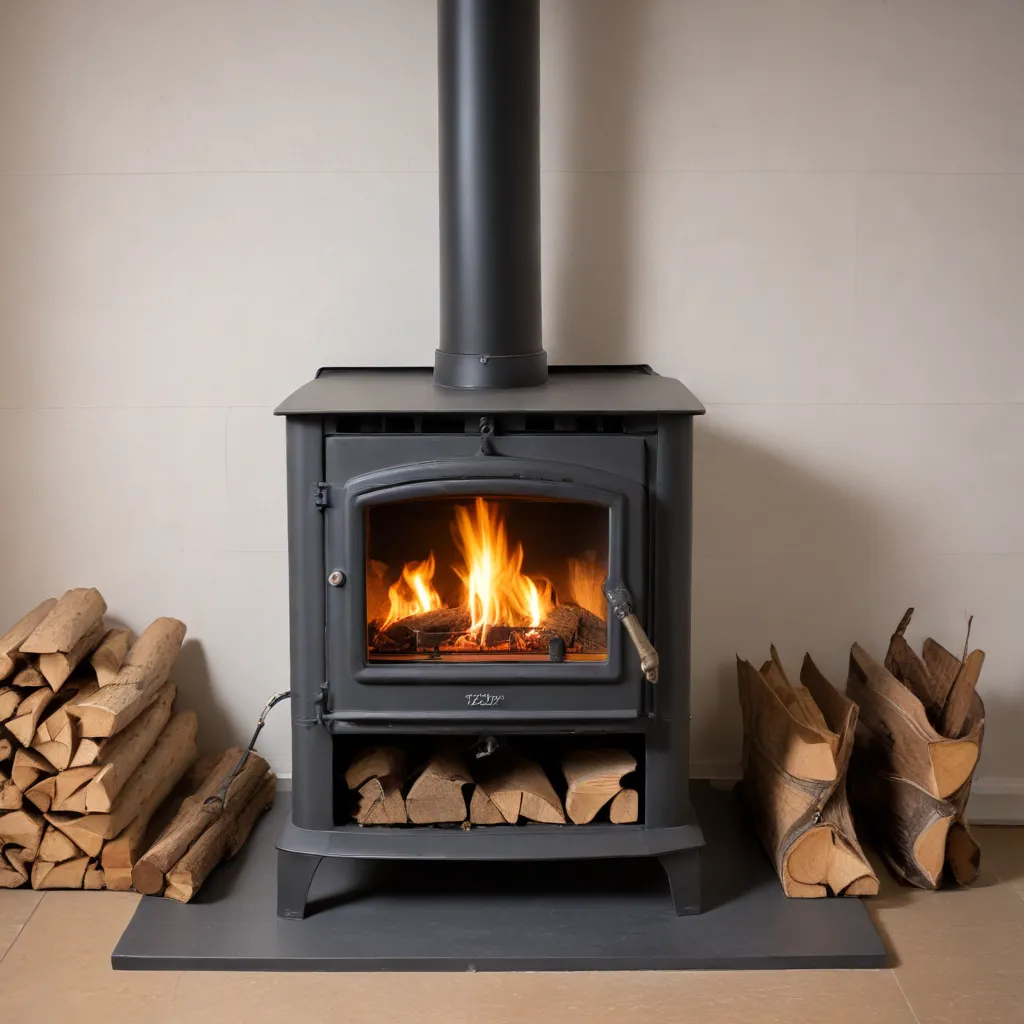
The Importance of Wood Density and BTU Output
When it comes to heating your home with a wood stove, the type of firewood you choose can make a significant difference in the efficiency and heat output of your system. One of the key factors to consider is the density of the wood, as this directly impacts the British Thermal Unit (BTU) content and overall heating potential.
Wood density refers to the mass contained within a given volume of the material. Denser woods, such as oak, ash, and beech, have a higher concentration of combustible compounds per cubic foot, allowing them to release more heat energy when burned. In contrast, softwoods like pine and spruce generally have a lower density and, consequently, a lower BTU output per cord.
The BTU, or British Thermal Unit, is the standard measurement used to quantify the heat energy content in fuels like firewood and charcoal. The higher the BTU rating, the more heat a fuel can generate per unit volume. This is crucial when selecting the right wood stove fuel to efficiently heat your living space.
Moisture Content: The Hidden Factor in BTU Output
While wood density is a significant factor, the moisture content of the firewood also plays a critical role in determining its BTU output. Freshly cut “green” wood with a high moisture percentage will produce significantly less heat when burned compared to properly seasoned, kiln-dried firewood.
This is because the evaporation of water during the combustion process absorbs a significant amount of heat energy, reducing the overall usable heat output. Seasoned firewood with a moisture content below 20% can yield around 30% more BTUs than green wood with a 50% moisture level.
Properly kiln-drying firewood to a moisture content of 10-15% helps maximize the BTU potential by removing excess water weight. When combined with a dense hardwood species, such as oak, ash, or beech, the result is the ultimate high-BTU firewood, providing exceptional heating efficiency.
Calculating the BTU Rating of Your Firewood
To determine the actual BTU rating of your firewood, you’ll need to consider both the density and moisture content, along with the wood species. Here’s the process:
- Determine the Wood Density: Measure the oven-dry weight of a sample of the firewood and divide it by the volume to calculate the density in pounds per cubic foot (lb/ft³).
- Assess the Moisture Content: Use a moisture meter to precisely gauge the moisture level of the firewood. Aim for wood with a moisture content below 20% for optimal burning efficiency.
- Consult a BTU Conversion Table: Use a reference table or online calculator to determine the BTU output per cord based on the wood species, density, and moisture content.
By following these steps, you can accurately estimate the BTU rating of your specific batch of firewood, allowing you to make informed decisions about your wood stove fuel and heating needs.
Maximizing Heating Efficiency with the Right Firewood
Now that you understand the relationship between wood density, moisture content, and BTU output, you can make more informed decisions when purchasing firewood for your wood stove or fireplace. Here are some tips to help you maximize the heating efficiency of your system:
- Focus on High-Density Hardwoods: The top-performing firewoods ranked by BTU output per cord are oak, ash, and beech. These dense hardwoods can yield up to 30 million BTUs per cord when properly seasoned and dried.
- Prioritize Kiln-Dried Firewood: Invest in high-quality, kiln-dried firewood that has a moisture content below 20%. This ensures you’re getting the most heat output per log, minimizing fuel consumption and heating costs.
- Consider Firewood Dimensions: Cutting firewood into smaller pieces increases the surface area exposed to the fire, resulting in faster and hotter burning. However, this does not increase the overall BTU yield, which is fixed based on the wood species and density.
- Avoid Low-Density Softwoods: While convenient, softwoods like pine, spruce, and poplar generate significantly lower BTU output compared to high-density hardwoods. A cord of pine can produce less than half the usable heat of a similar volume of seasoned oak.
- Use a Moisture Meter: A moisture meter is an essential tool for assessing the quality of your firewood. It allows you to precisely gauge moisture levels and ensure the wood is properly seasoned for optimal burn efficiency.
By focusing on high-density, kiln-dried hardwoods and using a moisture meter to monitor your firewood, you can harness over 80% of the available BTUs for exceptional heating performance. This will keep your home comfortably warm while minimizing fuel consumption and cost.
Conclusion
Understanding the impact of wood density and moisture content on BTU output is the key to mastering firewood-based heating. By selecting the right species, properly seasoning the wood, and calculating the BTU rating, you can optimize the efficiency and heat output of your wood stove or fireplace.
Remember, high-density hardwoods like oak, ash, and beech, when kiln-dried to below 20% moisture, provide the ultimate in firewood heating performance. With this knowledge, you’ll be well on your way to cozy, sustainable, and cost-effective home heating this winter and beyond.
For more information on wood stoves, fireplace maintenance, and sustainable heating solutions, be sure to visit https://woodstoveheaters.com/. Our team of experts is dedicated to helping you make the most of your wood-burning heating system.


